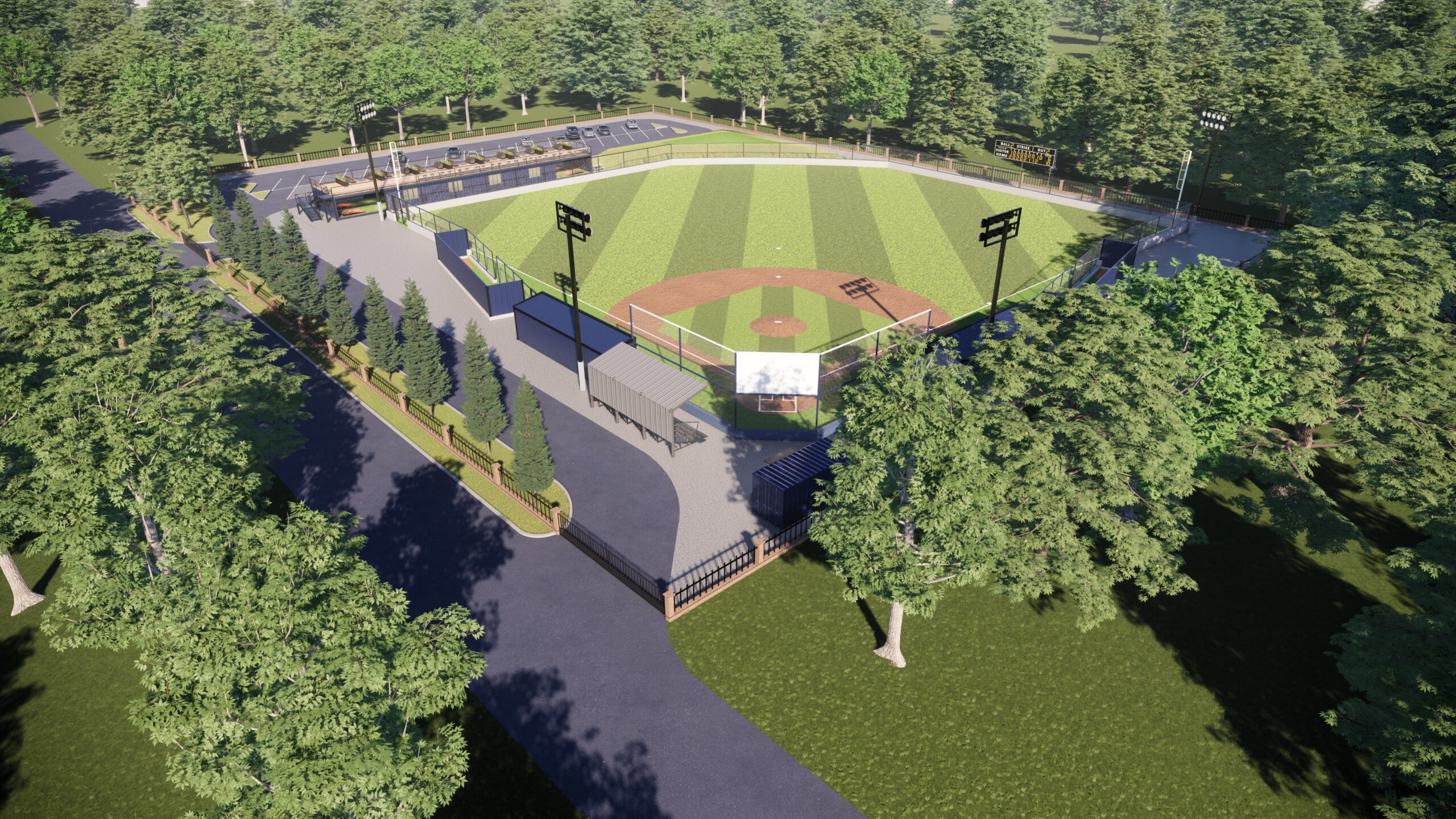Running a baseball field can be both rewarding and challenging. While the space provides opportunities for athletes to develop and compete, the real key to long-term success is maximizing usage and turning the field into a reliable revenue source. To do this, operators need to balance scheduling, pricing, partnerships, and creative programming that ensures the field stays active throughout the year.
The first step is building a smart schedule. Baseball fields often sit idle during weekdays or mornings, while prime time is reserved for evenings and weekends. Create a master calendar that balances league play, team practices, private rentals, and special events. Offering multiple time blocks—such as 90-minute practice slots or three-hour game packages—gives you flexibility and ensures more teams can access the space.
Pricing should reflect demand. Prime hours in the evenings and weekends can command higher rates, while off-peak times can be discounted to attract teams looking for affordable practice options. Consider bundling deals, such as prepaid practice packages, that guarantee recurring revenue. For example, a team that books a season-long contract for one weekly practice slot provides consistency for both the program and your field’s bottom line.
Diversification is another important strategy. Don’t limit your field to just traditional league play. Host youth camps, instructional clinics, and tournaments that attract multiple teams at once. Specialty events, like umpire training sessions, showcase games, or even community events such as movie nights on the field, add unique income streams. The more creative you are, the more your field becomes a hub for the community.
Building strong partnerships with local teams and organizations helps keep the field full. Travel programs often need consistent practice space and are willing to sign seasonal agreements. Recreational leagues bring volume and exposure, while schools or local businesses may want to rent space for special events. Offering loyalty discounts, priority scheduling, or bundled services encourages repeat customers.
Membership and pass systems also add stability. Families or players could purchase a seasonal pass that includes access to open field times, discounts on clinics, or priority booking. For individual players, open “field time” sessions—similar to open gyms—allow athletes to come in for extra reps outside of structured practices.
Concessions and amenities provide another layer of revenue. Adding a small concession stand with snacks, drinks, or team merchandise can generate significant profit during busy game days. Portable banners, scoreboard ads, and outfield signage create sponsorship opportunities with local businesses. These partnerships not only provide income but also build stronger ties to the community.
Tracking usage and revenue is crucial. Monitor which days, times, and events generate the most activity. Data-driven decisions help you adjust pricing, refine programming, and eliminate underperforming offerings.
Finally, invest in marketing. Use social media, email lists, and community partnerships to promote field availability, upcoming events, and rental options. A clear online presence with easy booking systems will make your field more appealing to coaches and parents.
A busy, well-managed baseball field is more than just a place to play—it becomes a community centerpiece. By blending smart scheduling, creative programming, and revenue-generating extras, you can maximize field usage, increase profitability, and ensure your facility thrives season after season.

